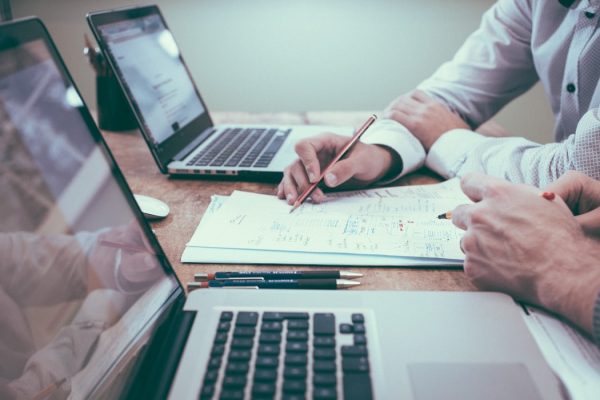Assets are resources owned by the company in the form of assets (objects) or in the form of rights controlled by the company. The role of assets is indeed very influential in efforts to produce a product (goods) and services, for example land and buildings as a place for the production process, industrial machines used to process raw materials into semi-finished materials or finished goods (finishing) and various various types of equipment used to produce and so on.
What Are Fixed Asset?
Fixed asset are long-term tangible assets or assets of property or equipment that a company owns and uses in its operations to generate revenue. Fixed assets are not expected to be converted into cash within one year. The existence of fixed asset most often appears on the balance sheet as property, plant, and equipment. They are also often referred to as capital assets.
Read more : The types and functions of liquidity in business
Why Fixed Asset is Important for your Business?
On a company’s balance sheet, it usually includes its assets, liabilities, and shareholder equity. Generally, assets are divided into current assets and non-current assets, the difference between current assets and non-current assets lies in their useful life. Current assets are usually liquid assets that will be converted into cash in less than one year. While non-current assets refer to assets and properties owned by a company that are not easily converted into cash.
Fixed asset are purchased usually for the production process, the provision of goods or services, for rental to third parties, or for use within an organization. Fixed assets usually have a physical form and are reported on the balance sheet. When a company acquires or disposes of fixed assets, it is recorded on the statement of cash flows from investing activities. In addition, the purchase of fixed assets can be recorded in cash flows as cash outflows of the company while sales can be recorded as cash inflows of the company.
If an asset’s value falls below its net book value, the asset is impaired. This means that the carrying amount on the balance sheet is adjusted downwards to reflect that it is overvalued compared to market value. When a fixed asset has reached the end of its useful life, it is usually sold at a salvage value, which is the estimated value of the asset if it is divided and sold in part.
In some cases, assets may become obsolete and therefore, will be disposed of without receiving payment in return, resulting in fixed assets being written off from the balance sheet as they are no longer in use by the company.
Fixed Assets vs Current Assets
Both current assets and fixed asset will always appear on the balance sheet. Current assets are intended to be used or converted into cash in the short term and fixed assets are intended to be used in the long term. Current assets include cash and cash equivalents, receivables, inventories, and prepaid expenses. Based on its use in fixed assets, its use is depreciated, while current assets are not.
Read more: The benefit of general trade for goods distribution
Fixed Assets vs Noncurrent Assets
Fixed asset are non-current assets. Non-current assets include long-term investments and intangible assets. Intangible assets are fixed assets that will be used in the long term, but have no physical existence. Examples of intangible assets include goodwill, copyrights, trademarks, and intellectual property.
Benefits of Fixed Assets
Information about company assets can help create accurate financial reporting, business valuations, and thorough financial analysis. Usually investors and creditors use this report to determine the financial health of the company and to make decisions whether to buy shares or lend money to the company. It should be noted that fixed asset are very important for capital-intensive industries such as manufacturing which require large investments.
- Paper.id & HIPMI Sign MOU to Enhance Digitalization & Processes - October 2, 2022
- 4 Ways to Boost SMEs Success - August 16, 2022
- Paper.id & Blibli Collaborate to Streamline E-Commerce Invoice - July 25, 2022

